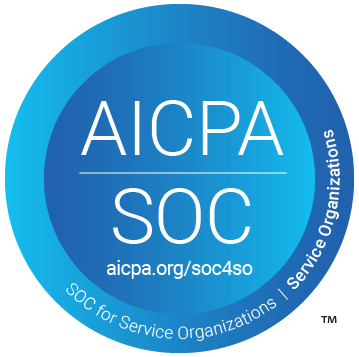What is Geocoding & What Can it be Used For?
It serves as a fundamental GIS (Geographic Information System) process to plot locations or customer data on a map or to position a map for a number of analysis applications. Geocoding also serves a function in maintaining data quality – the difference between utilising a geocode versus a street address lies in the definitive nature of expressing a location with a numerical coordinate. Geocoding, therefore, has become a preferred solution for many companies to improve their spatial analyses and heighten their location intelligence.
What Can Geocoding be Used for?
Geocoding is used by a range of industries for data analysis that provides actionable insight for a variety of decisions and use-cases. It is particularly important for recognising patterns in information, improving route planning, mapping and location intelligence.
Retail: Establish zones based on buying behavior by expressing customers’ locations on a map. Utilise this information to identify optimal locations to open a brick-and-mortar store; create promotions based on popular products or needs for the area; or base product development or product launch decisions on location.
Marketing: Utilise customer clusters, demographics and behaviors to create localised promotions and messaging strategies. For instance, target specific clusters based on their engagement or buying habits and blanket that area with saturation direct mail marketing to engage inactive customers or incentivise loyal customers with loyalty programs.
Transportation/Delivery: Express customer or destination locations with a pinpoint instead of a street address for better location intelligence, optimised route planning and reduced operational costs. Government: Geocoding provides precise information about demographics, available health services, rescue and evacuation routes, education services, and more that can determine better planning and public safety initiatives.
Government: Geocoding provides precise information about demographics, available health services, rescue and evacuation routes, education services, and more that can determine better planning and public safety initiatives.
Geocoding Vs. Street Addresses
Street addresses are vulnerable to a multitude of mistakes, changes, missing elements and improper formatting that cause a string of adverse consequences to organisations. For instance, a single missing address element can cause extensive problems such as poor or nonexistent operational insights, costly returned mail and poor customer satisfaction, to name a few. Geocoding on the other hand expresses locations with a definitive, numerical coordinate set that is invulnerable to common address omissions like a missing apartment number, changes in street names, misspellings, or other mistakes widely found in address data.
Plotting street addresses on a map also presents numerous challenges and inconsistencies. The pinpoint of a street address may not be as precise as a geocode.
What Makes a Geocode Precise?
Geocodes are the coordinates that correspond with a discrete location and can range in precision. The decimal place of the coordinate determines this level of precision. See below what each decimal place translates to in various units:
| Decimal Place | Kilometers | Miles | Translation |
|---|---|---|---|
| 1 (0._00000000) | 10 kilometers | 6.2 miles | Town or City |
| 2 (0.0_0000000) | 1 kilometer | 0.62 miles | Neighborhood |
| 3 (0.00_000000) | 100 meters | ~328 feet | City Block |
| 4 (0.000_00000) | 10 meters | ~33 feet | Street Address |
| 5 (0.0000_0000) | 1 meter | ~3 feet | Store Entrance |
| 6 (0.00000_000) | 10 centimeters | ~4 inches | Drone Control |
| 7 (0.000000_00) | 1.0 centimeter | ~1/2 an inch | Military Operations |
| 8 (0.0000000_0) | 1.0 millimeter | ~ a paper clip wire | Civil Engineering |
| 9 (0.00000000_) | 0.1 millimeter | ~ a strand of hair | Likely Fabricated |
Choosing Your Precision-Level
Multiple levels of precision exist and are better suited for certain applications.
Rooftop-Level: The highest level of geocoding, with accuracy down to the addresses’ front door. It is an ideal solution for insurance and tax jurisdictions, risk exposure analysis, delivery routing and many more use-cases that require a highly precise view of address information.
ZIP+4 Code-Level: Covers an area of about 10-20 households, making it still easy to spot demographic and segmentation patterns to target customers more effectively and power store locators for your business.
ZIP Code-Level: Covers geographical area and city boundaries to see the general area where your customers are located usually within a few miles. It is best utilised to plan local or geographic-based marketing campaigns and e-commerce product planning.
What Makes a Geocode Accurate?
The accuracy and precision of a geocode is only as accurate and precise as the reference data that is utilised to match an address input to the coordinate. When finding a geocoding solution, authoritative reference data provides geocodes that are accurate to the delivery point and rooftop level.
Melissa – The Address Experts
As the leader in address verification, Melissa combines decades of experience with unmatched technology and global support to offer solutions that quickly and accurately verify addresses in real-time, at the point of entry. Melissa is a single-source vendor for address management, data hygiene and pre-sorting solutions, empowering businesses all over the world to effectively manage their data quality.
250 +
Countries & Territories
1000555787 +
Addresses Verified
40 +
Years Of Experience
10000 +
Satisfied Customers Worldwide






